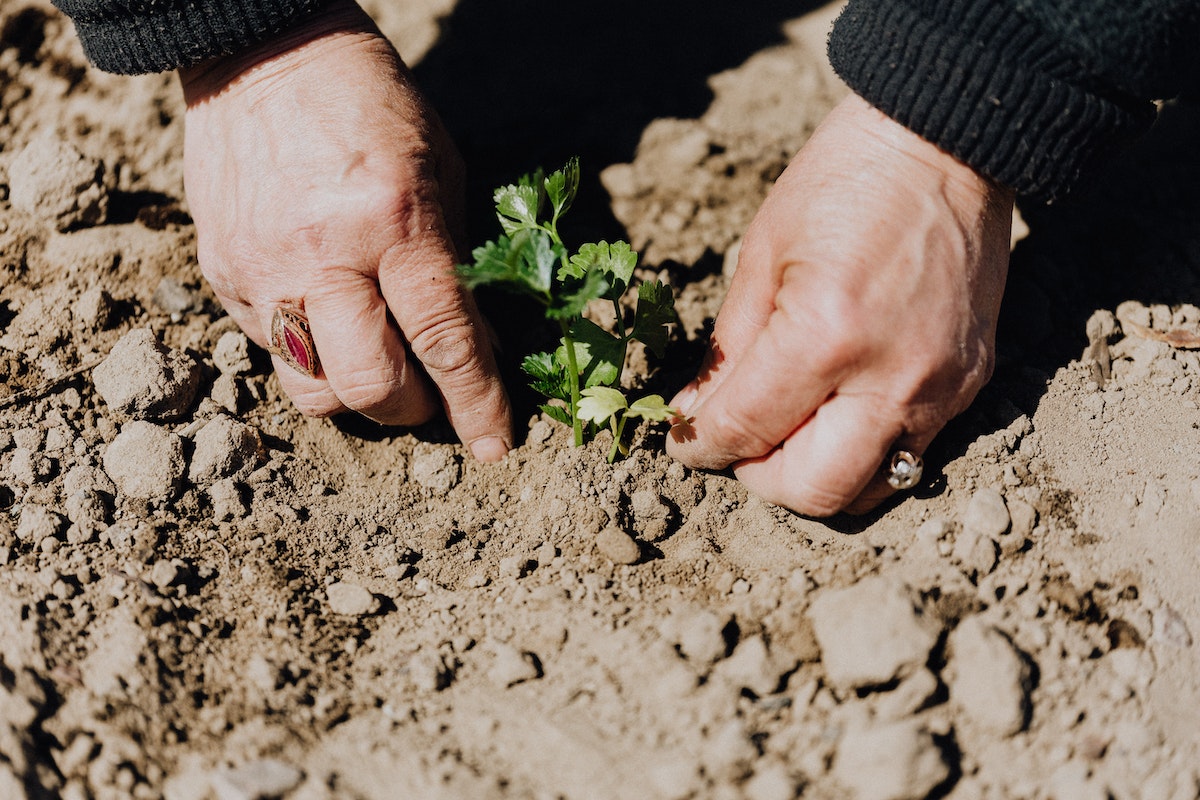- Home gardens provide numerous economic, environmental, and health benefits.
- Assess soil type and pH levels before planting to determine what plants can thrive in the home garden environment.
- Master gardening tasks such as proper planting, watering, and pruning for healthy growth.
- Add outdoor furniture and amenities to make the space livable and attractive.
- Incorporate water features like fountains or birdbaths to attract beneficial wildlife.
The benefits of having a home garden for homeowners are numerous. Not only can gardening help reduce stress and increase joy, but it also has tangible economic benefits: the average gardener spends only $70 per year on plants, soil, and other materials – far less than hiring a professional landscaper. Furthermore, in urban areas with scarce green spaces, having a home garden can help improve air quality and reduce noise pollution.
A home garden also allows homeowners to be more self-sufficient by growing their fruits and vegetables. A recent study found that those who produce their products have significantly higher intakes of essential nutrients such as Vitamin A and C compared to those who do not have access to homegrown fruits and vegetables. Home gardens also offer an eco-friendly way to eat organic since they eliminate the need for chemical fertilizers, pesticides, or herbicides often used in large-scale agriculture.
The benefits of a garden are undeniable. However, building one can be an intimidating process. Before starting, knowing the basics of creating a successful home garden is essential. Here are a few of them:
Understand the Soil

Understanding the soil is one of the most critical steps when building a home garden. The type and condition of soil can determine what plants you can grow, how much water your plants need, and how healthy your garden will be in the long run.
When assessing the soil for your home garden, determine your soil type – clay, sandy or loamy. Clay soils are heavy and dense, making them difficult to work with; they tend to hold water for a long time, making them prone to becoming waterlogged in wetter months. Sandy soils are not compacted and easy to work with but dry out quickly in drier months; loam soils contain a combination of sand, silt, and clay particles, creating a balanced environment for optimal root growth and nutrient absorption.
Once you know what type of soil you have, make sure it’s rich with organic matter (like compost or manure), which will help improve its texture and increase its ability to retain moisture and nutrients. You should also test the pH levels of your soil – ideally, it should be between 6.5-7.5 – as this determines whether or not certain plants can thrive there. Finally, if you want to grow vegetables or fruits in your home garden, ensure there has been no prior use of chemical fertilizers or pesticides on the land, as these can contaminate your food supply when consumed.
Understanding the soil before building your home garden ensures you’re setting yourself up for success in growing healthy plants and vegetables!
Master Gardening Tasks
Creating a healthy home garden requires not only an understanding of the soil but also mastering gardening tasks. Understanding and carrying out certain practices is essential to ensure your plants thrive and your garden remains productive. Fortunately, gardening also benefits health. Here are some gardening tasks that can make all the difference in keeping your garden healthy and vibrant:
Choosing the Right Plants
When selecting plants for your garden, it’s essential to do your research first. Take into account the climate and environmental conditions, as well as sunlight exposure, when choosing plants that will thrive in your home garden environment. Consider what types of foods you wish to grow – vegetables, fruits, herbs, flowers – and match these with plants that are hardy and resistant to pests or disease in your area.
Planting Properly
Proper planting is essential for healthy growth and robust root systems in plants. When planting, dig a hole twice as wide as the plant’s root ball and deep enough so that when it’s covered with soil, its roots will be slightly below ground level. Make sure to break up any clumps of dirt before placing the root ball inside the hole; gently firm down the soil around the edges of the root ball for better stability. Finally, water thoroughly after planting and mulch around newly planted plants to help prevent weeds from taking over.
Watering Regularly
Regular watering is critical for successful growth in any home garden environment. water profoundly but infrequently; light daily watering leads to shallow roots, which won’t survive long-term droughts or extreme temperatures. However, don’t overwater; too much water can suffocate or drown roots leading to plant death or disease. You can set up a garden sprinkler system that automates watering, ensuring that your plants always get the right amount of water.
Pruning Correctly
Pruning may seem intimidating initially, but once you understand some basics, it becomes an easy gardening task! Pruning helps tidy up plant shape while promoting a more robust branching structure, which can lead to healthier growth overall; however, pruning techniques vary depending on what type of plants you have in your home garden. Before pruning any plant, it is essential to understand where new buds will form so you know where you can safely cut off branches without damaging future growth potential – always trim back branches just above a node where new buds are likely to form!
Make the Space Livable

Of course, the benefits of a healthy garden will not be as apparent if you don’t make it a livable space. Adding outdoor furniture and other amenities allows you to enjoy your garden more often. Consider adding a bench, hammock, or other seating options so that you can relax in your garden whenever the mood strikes.
When creating pathways in your garden, use natural materials such as stones, mulch, or wood chips for a beautiful and cohesive look. Finally, consider incorporating water features like fountains or birdbaths – these will provide additional beauty to your home garden while attracting beneficial wildlife!
Final Thoughts
Having a home garden can be an enriching experience for any homeowner, providing numerous economic, environmental, and health benefits. With the proper knowledge of soil types and mastering gardening tasks such as proper planting, watering regularly, pruning correctly, and making your garden livable with furniture and water features – you’ll be well on your way to creating a beautiful outdoor space that you can enjoy! Start planning your home garden today!

